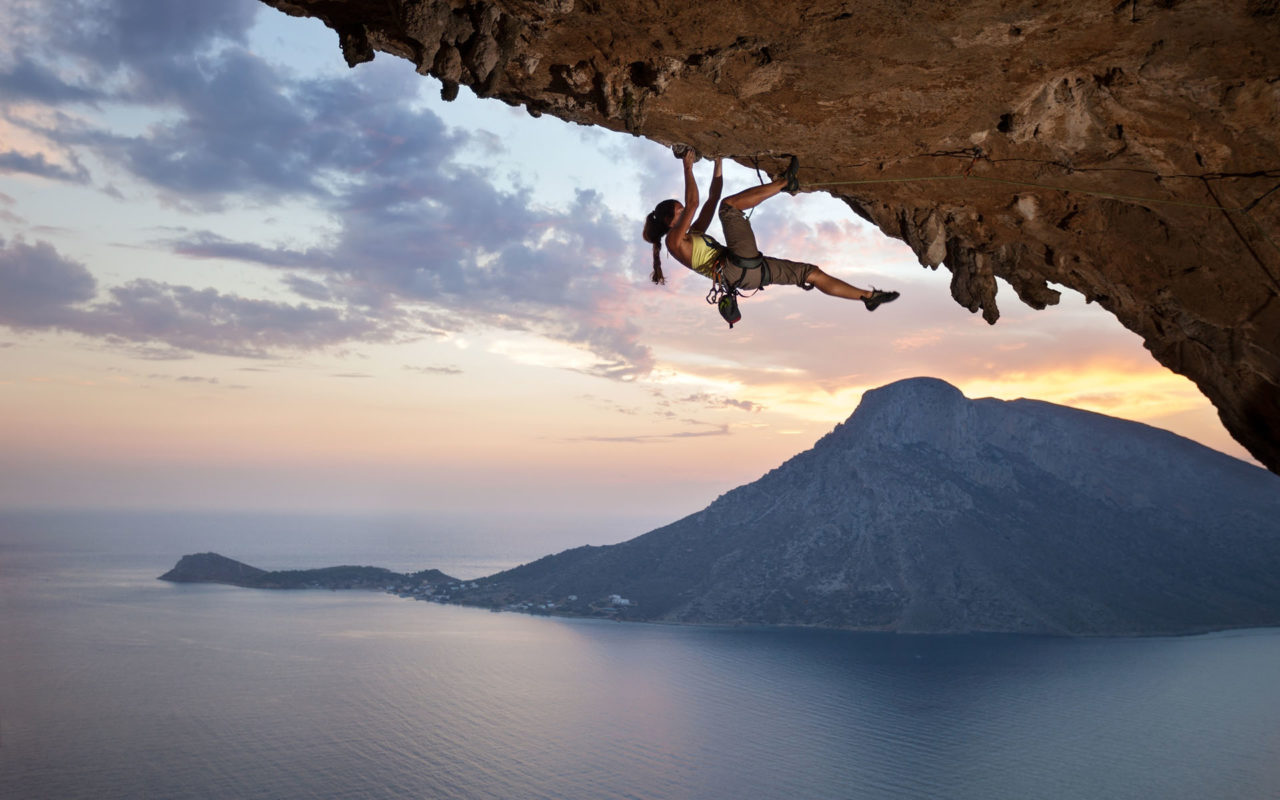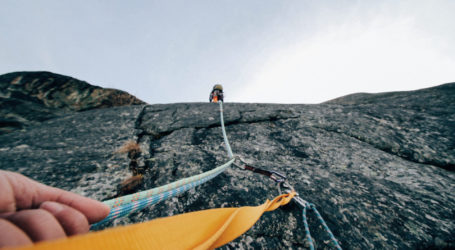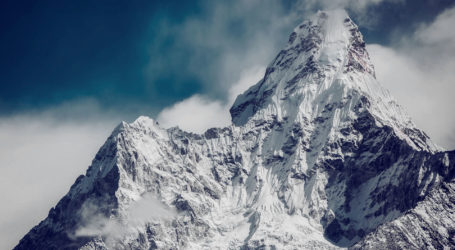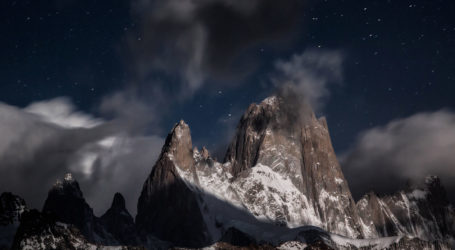Classic post type 1

Once the island of Kalymnos in Greece’s Dodecanese cursed the hand nature had dealt it. Huge rock escarpments line its western coast, overlooking the Aegean. The slopes below, covered in wild oregano, thyme and mint, were good only for goats and keeping bees. These days, however, the same cliffs are seen as the island’s saviour in the midst of a recession that has driven away both Greek and Italian tourists.
The first clue was supplied on EasyJet’s flight from Gatwick to Kos, from where the half-hour ferry to Kalymnos departs. In the check-in queue there was a surfeit of North Face bags and groups in hooded soft shells: climbers. In the past decade Kalymnos, with its pebble beaches and lack of ancient sites, has been transformed from one of the less-favoured Greek islands into an international climbing mecca.
We arrived in Pothia, the island’s biggest town, a jumble of brightly coloured houses, to be met off the ferry by a battered car sent by Sakis Apartments. There were two teenagers in the car listening to Michael Jackson’s “Beat It”. Their mother drove us round the coast to Masouri. The apartment, like the car, had seen better days, but it was very cheap and we didn’t intend to spend much time in it.
Kalymnos is a sport climbing venue with more than 2,000 routes – 100 more were established this winter alone – and with vast tracts of rock still left unexplored. What that means is that the climbs are pre-equipped with permanent drilled-in bolts. So all that is required to climb are rock shoes, a 70m rope and around 20 quick draws (little slings with two carabiners for attaching the rope to the bolts). While it is not without some risk – accidents still occur – it is one of the safer forms of climbing.
It is perhaps because of this that Kalymnos attracts such a wide range of climbers both in terms of age and ability. There are teenage climbers travelling on skateboards, climbers with young families and some in their 70s. The scene around the climbing is laid back and very sociable. Away from the crags, climbers gather to enjoy a cold beer in Masouri’s bars, including the Climbers’ Station or Glaros Snack Bar – owned by British expatriate Steve McDonnell and his wife Sue, who help administer the island’s bolt fund that supplies the hardware to equip new routes.
One day we wandered up to the area of the Grande Grotta, one of the island’s most famous climbing sectors – a vast cave shaped like an open mouth whose roof is festooned with a forest of large hanging stalactites. We sat at the cave’s mouth to watch. High above, a figure was moving improbably among the stalactites, upside down for more than 25m.
Our own destination, however, was not the upside-down world of the Grande Grotta’s roof but another sector just around the corner – more friendly territory in the form of a slab of rising rock that curves into a cave, sharp and as textured as a cheese grater. There was not much for my feet to stand on, only the rough friction of the rock. And at its most difficult section, there was only a tiny scalloped lip big enough for two fingers to hold on to. I stepped up and felt my toes begin to slip, but there was now a larger hold within reach and a bolt which I hastily clipped into. I was tying in to do a second climb when I recognised the man standing belaying next to me, a member of my climbing club who I hadn’t run into for five years. We stopped to catch up while his daughter made easy work of her climb. The week turned out like that. Riding down Masouri’s single main street one afternoon, I recognised two climbers from my local climbing wall, the Castle in north London.
One morning we rode the scooter down the hairpins and round the coast to the tiny village of Emporios. Two beekeepers in their suits were working on a cluster of hives on the slopes above. We parked the bike and followed a rocky gully that led up the hillside to a gorge high above. Kastri, our destination, was a magical spot, a narrow canyon whose mouth was first fortified in the 4th century BC and whose fortifications still remain pretty much intact. Out of the sun it was cool and beautiful, with a flat area carpeted with herbs overlooking the improbably blue sea below, a place as pleasant to relax in as to climb.
On the way home we stopped at the beach at Arginonta. There was a man selling cans of Coke at the kiosk, but no one else on the narrow strand of pale pebbles. We sat with our feet in the water. There was a splash, and a portly figure in a wetsuit roped to a small orange buoy popped out of the sea – a local spear fisherman carrying an octopus in one hand.
It struck me at that moment why Kalymnos felt so special. It is not just the climbing but the sense that genuine island life is still close to the surface – warm, unpretentious and friendly. We left Kalymnos certain that we will return.









